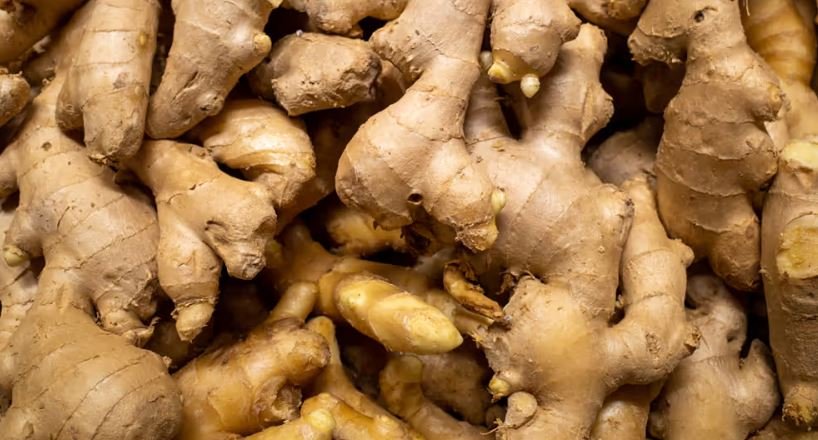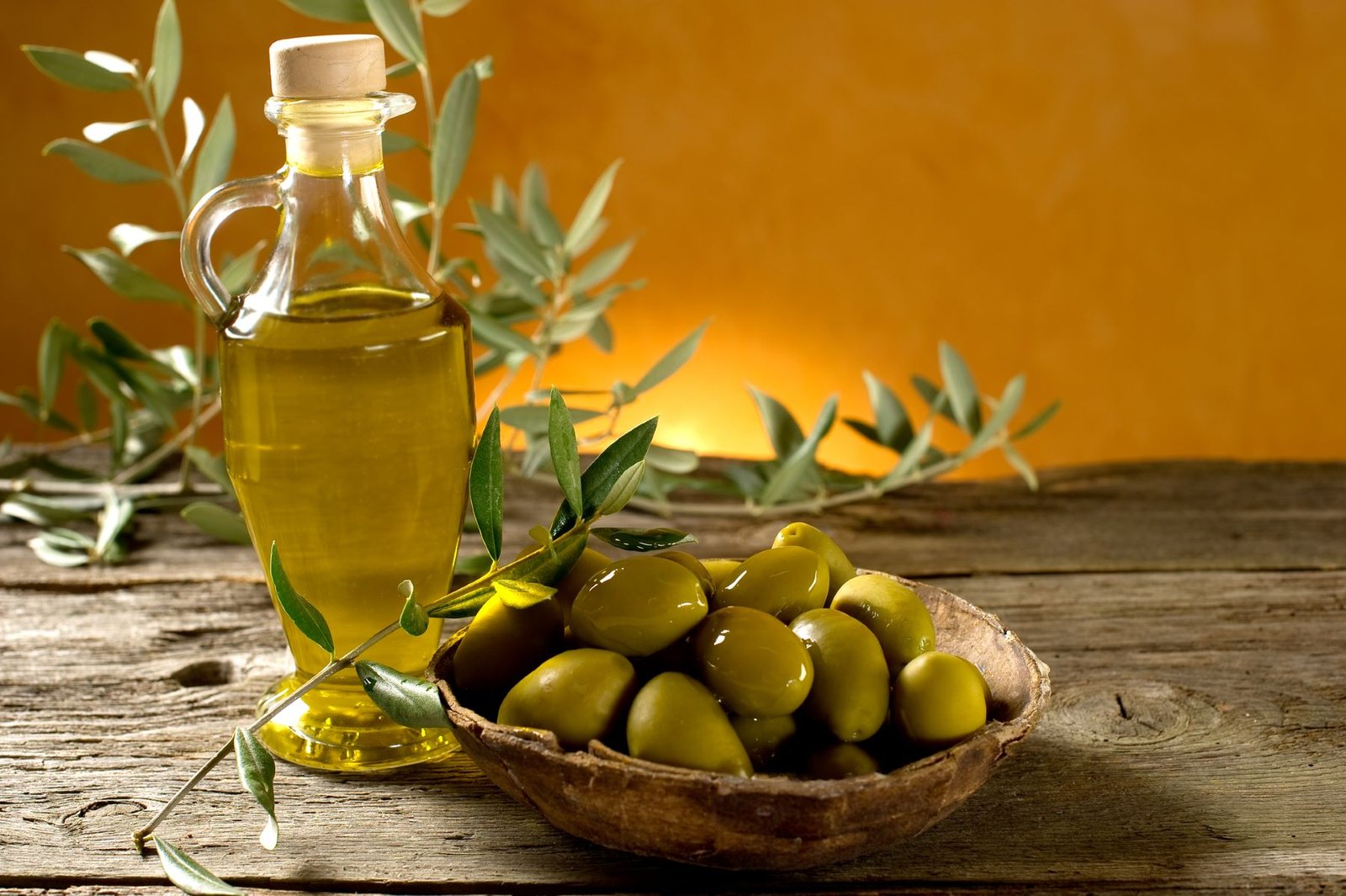6. Ginger: A Warming Root with Cooling Effects on Inflammation

Ginger is another powerful anti-inflammatory spice that has been shown to help reduce knee pain. The active compounds gingerol and shogaol give ginger its distinctive flavor and therapeutic properties. Research indicates that ginger extract can be effective in reducing pain and stiffness in people with knee osteoarthritis.
Ginger works by inhibiting the production of inflammatory compounds and may also help improve circulation to affected joints. Fresh ginger is generally more potent than dried, though both forms offer benefits.
Add fresh ginger to stir-fries, brew it into tea, blend it into smoothies, or use it in marinades and dressings. Start with small amounts if you’re not accustomed to its intense flavor, and gradually increase as your taste buds adapt.
7. Olive Oil: Liquid Gold for Your Joints

Extra virgin olive oil is more than just a cooking ingredient – it’s a potent anti-inflammatory food that can help reduce knee pain. It contains oleocanthal, a compound that has similar anti-inflammatory effects to ibuprofen, though in much smaller amounts.
The monounsaturated fats in olive oil also help reduce overall inflammation and support the absorption of fat-soluble vitamins that are important for bone health. Choose extra virgin olive oil for maximum benefits, as it retains more of the beneficial compounds compared to refined oils.
Use olive oil in salad dressings, drizzle it over cooked vegetables, or use it for light sautéing. Avoid heating it to very high temperatures, which can break down its beneficial compounds.
8. Garlic and Onions: Flavorful Inflammation Fighters

Garlic and onions belong to the allium family and contain sulfur compounds that have powerful anti-inflammatory and antioxidant properties. These compounds, including allicin in garlic and quercetin in onions, can help reduce inflammatory markers and may specifically benefit joint health.
Studies have shown that people who regularly consume garlic and onions have lower levels of inflammatory markers in their blood. These vegetables also support immune function and may help the body better manage inflammatory responses.
Incorporate fresh garlic and onions into your cooking regularly. Crushing or chopping garlic and letting it sit for a few minutes before cooking can help maximize the formation of beneficial compounds.
9. Green Tea: Sip Your Way to Less Pain

Green tea is rich in polyphenols, particularly epigallocatechin-3-gallate (EGCG), which has potent anti-inflammatory and antioxidant properties. Regular green tea consumption has been associated with reduced inflammation and may help protect cartilage from breakdown.
The catechins in green tea can help inhibit enzymes that break down cartilage and reduce the production of inflammatory molecules. Some studies suggest that green tea extract may be particularly beneficial for people with osteoarthritis.
Aim for 2-3 cups of green tea daily to reap the anti-inflammatory benefits. If you’re sensitive to caffeine, choose decaffeinated versions or drink it earlier in the day.
